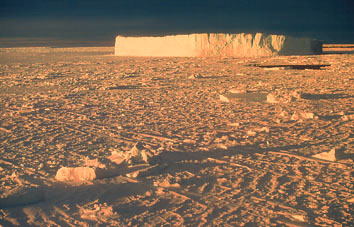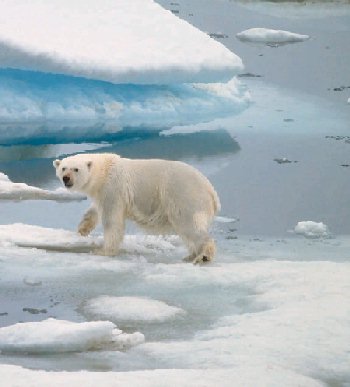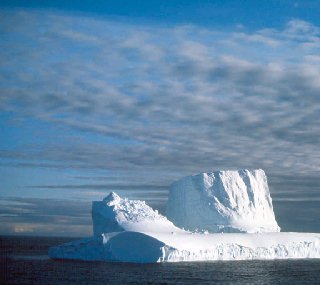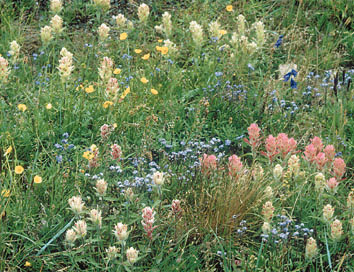

Numbing cold, deep snow, massive icebergs, slowly moving glaciers; vast, windswept treeless spaces; pesky mosquitoes; polar bears and seals; penguins and killer whales. These and other impressions of polar regions are, indeed, applicable to at least parts of the Earth’s poles. The North and the South poles share many environmental and climactic features.
Some of the similarities between the Arctic and Antarctic are related to their positions at the North and South poles, the ends of the Earth’s axis of rotation. This geographic position and the angle of Earth’s inclination as it orbits the sun lead to these regions’ seasonal polar light regimes. From autumn until spring the northern hemisphere undergoes longer nights than days, while the southern hemisphere has longer days than nights. Then the reverse occurs in both hemispheres from spring until autumn. The extremes are reached at the poles:six months of continuous winter darkness alternately with six months of continuous daylight at the North Pole; at the same time the South Pole is undergoing the opposite extremes. The definition of the Arctic and Antarctic circles, 66°33' north and south latitudes respectively, includes the fact that north of the Arctic Circle and south of the Antarctic Circle there is at least one day in the year when the sun does not rise.

The low temperatures that characterize polar regions of the world today are accentuated by the high reflective property, or albedo, of the ice and snow that cover much of them during the entire year. This reflection of heat back into the atmosphere and the fact that much of the heat energy of solar radiation is expended on melting snow and evaporating the melt water contribute to the cold at both poles.

The Arctic and Antarctic regions occupy roughly the same area, about 14 million square kilometers (5,405,823 square miles). In many other ways, however, they are truly poles apart. The Arctic is largely an ice-covered oceanic basin, while Antarctica is an ice-covered continent. Their climates, geological development, the evolution of plants and animals, and political statuses are markedly different.
The photography of Donald Robinson reveals his instinctive ability to catch images that have both artistic and scientific interest. The low-angled polar sun and the remarkably clear air in these dry, minimally polluted regions make for striking visual effects. In the catalogue for this exhibit we see the stark beauty of both North and South poles, and the fascinating similarities and differences of both environments.

Copyright 1998 Carnegie Magazine
All rights reserved. Email: carnegiemag@carnegiemuseums.org
Highlights |
Calendar |
Back Issues |
Museums |